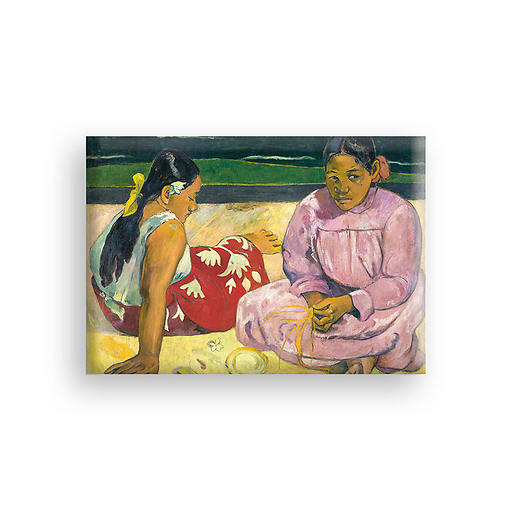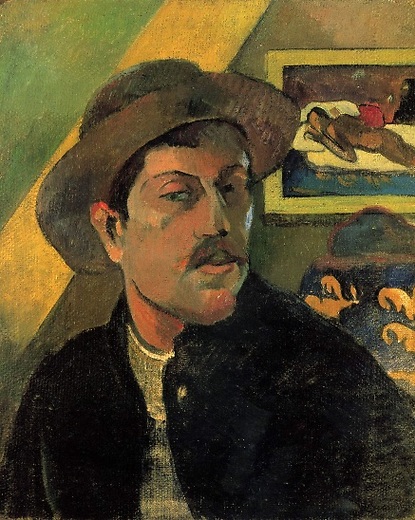Paul Gauguin (1848-1903)
Merahi Metua No Tehamana (Tehamana Has Many Parents or The Ancestors of Tehamana)* 1893 - The Art Institute of Chicago, Gift of Mr. and Mrs. Charles Deering McCormick
Tehamana was a Tahitian girl who became Paul Gauguin's companion and, in some ways, the embodiment of his feelings...
Read more
Paul Gauguin (1848-1903)
Merahi Metua No Tehamana (Tehamana Has Many Parents or The Ancestors of Tehamana)* 1893 - The Art Institute of Chicago, Gift of Mr. and Mrs. Charles Deering McCormick
Tehamana was a Tahitian girl who became Paul Gauguin's companion and, in some ways, the embodiment of his feelings about Tahitian culture. Here he showed her wearing the prim dress imposed on native women by European missionaries, a sign that Tahiti was not quite the "primitive" paradise the artist had hoped to find. The Tahitian title Gauguin inscribed on the canvas refers to the local custom of sharing children between real and foster parents. He later adopted the French title Les Aïeux de Tehamana (The Ancestors of Tehamana), which suggests the ancient belief that Tahitians descended from the union of the deities Ta'aroa and Hina. The figure on the wall to the left is Hina, presented in a pose borrowed from Hindu sculptures.
Close




